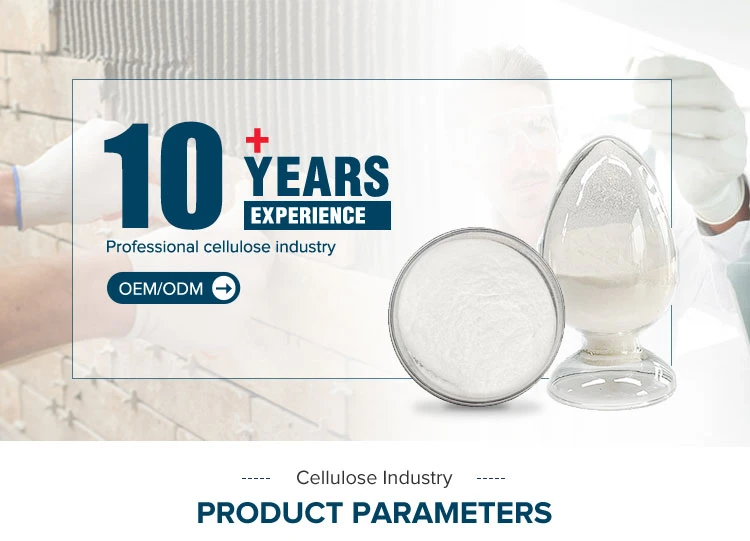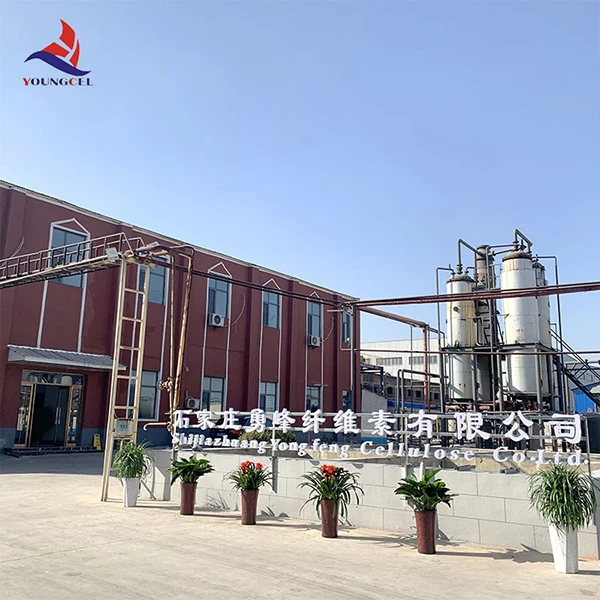- Introduction to mhec price
and market factors - The technical advantages and unique properties of MHEC powder
- Comparative analysis of leading MHEC powder manufacturers
- Customized MHEC solutions for industrial applications
- Key uses and industry-specific examples of MHEC powder
- Case studies demonstrating practical benefits
- Conclusion: mhec price trends and business outlook

(mhec price)
Understanding mhec price and Market Dynamics
The term mhec price refers to the commercial cost of methyl hydroxyethyl cellulose (MHEC), a widely utilized cellulose ether derivative. Market pricing is influenced by several factors such as raw material costs, supply chain efficiency, global demand, and regional economic trends. As of Q2 2024, the average mhec powder price ranges between $2,200 and $2,650 per metric ton for industrial-grade material, with fluctuations occurring due to variable cotton and wood pulp costs, which are the main sources of cellulose raw materials.
The Asia-Pacific region, primarily China and India, accounts for nearly 60% of global MHEC production and consumption, driving competitive pricing due to high output capacity. Additionally, energy tariffs, transportation logistics, and import/export regulations significantly affect the final MHEC price for end-users.
It is critical for procurement specialists and R&D professionals to monitor these dynamics for cost optimization and strategic sourcing strategies.
Technical Advantages and Unique Features of MHEC Powder
Methyl hydroxyethyl cellulose (MHEC) powder stands out for its distinct chemical and physical properties, making it one of the top choices in construction, adhesives, coatings, and personal care industries. Its superior water retention, thickening, and film-forming abilities distinguish it from other cellulose ethers.
Compared to traditional binders, MHEC powder offers:
- Outstanding solution stability across a broad pH spectrum (pH 3-11)
- Enhanced viscosity, achievable from 5,000 to 100,000 mPa.s (Brookfield LV, 2%, 20°C)
- Efficient workability and open time improvement in cementitious mixes by 30-40%
- Low dosage efficacy, reducing total formulation costs by 8-15% according to leading industrial reports
- Minimal impact on color and odor, crucial for paints and personal care formulations
Manufacturer Comparison: MHEC Powder Pricing and Quality Assessment
When considering industrial procurement, both price and product performance must be weighed. Here is a comparative overview of top global MHEC powder suppliers, focusing on pricing, viscosity range, and quality assurance certification:
| Producer | Standard mhec price (USD/MT) |
Viscosity Range (mPa.s @2%) |
Certifications | Lead Time (weeks) |
|---|---|---|---|---|
| Ashland Global | 2,650–2,900 | 20,000–80,000 | ISO 9001, FDA | 3–5 |
| Dow Chemical | 2,500–2,700 | 15,000–100,000 | ISO 9001, REACH | 4–6 |
| Lotte Fine Chemical | 2,400–2,600 | 10,000–80,000 | ISO 14001, Kosher | 2–4 |
| Yixing Hongbo Fine Chem | 2,200–2,350 | 5,000–75,000 | ISO 9001 | 2–3 |
| Shandong Head Co. | 2,350–2,500 | 20,000–90,000 | ISO 9001, SGS | 3–4 |
As traded in the international market, regional manufacturers may provide more competitive offers, but global players invest heavily in R&D and certified quality control, catering to highly regulated applications.
Tailored MHEC Formulations: Meeting Specialized Industry Requirements
Customization in MHEC powder formulations has emerged as a major trend, allowing end-users to optimize product performance and application characteristics for specific industrial demands. Formulators can modify molecular weight, substitution levels, and particle size distribution to meet unique project requirements.
For instance, in the tile adhesive industry, high viscosity MHEC grades are preferred to optimize slip resistance, while self-leveling flooring compounds benefit from MHEC variants tuned for rapid dissolution and minimal air entrainment. Similarly, pharmaceutical and cosmetic applications often require cosmetic-grade MHEC powders with ultra-low heavy metal content and strict biocompatibility standards.
Leading suppliers regularly collaborate with clients on innovative, tailor-made MHEC products, resulting in shorter development cycles and improved product differentiation. According to a 2023 industrial survey, over 45% of top-tier construction material producers have adopted customized MHEC blends to enhance performance and regulatory compliance.
MHEC Powder Uses: Versatility Across Industries
The breadth of mhec powder uses reflects its versatility and cost-performance advantages. Its major applications include:
- Construction chemicals: Cement-based adhesives, exterior insulation finish systems (EIFS), self-leveling compounds, wall putties
- Paints and coatings: Thickening agent for water-based paints, enhancing brushability and pigment stability
- Personal care products: Emulsification and stabilization in shampoos, creams, and gels
- Detergents: Soil suspension and viscosity control in liquid soaps and detergents
- Pharmaceuticals: Binder and film former in tablet manufacturing
Real-world Application Cases: Delivering Measurable Impact
MHEC powder adoption delivers clear, data-backed improvements in finished product attributes and process efficiency. Consider the following industry case examples:
- Large-scale commercial tiling (EMEA region): A leading adhesives manufacturer integrated customized high-viscosity MHEC powder, realizing a 33% improvement in open time, reducing post-installation tile slip complaints by 21%. Their overall product cost was lowered by 9% per ton.
- Paint manufacturer (South America): Switched from traditional thickeners to advanced MHEC grades, improving application spread rate by 15% and reducing raw material costs by 7% for batches over 10,000 liters.
- Cosmetic producer (East Asia): Implemented cosmetic-grade MHEC powder, achieving improved cream stability and texture, reducing customer complaints related to product separation and texture irregularity by 14% within six months.
Conclusion: Future mhec price Trends and Strategic Outlook
As the global chemical market continues to evolve, mhec price is expected to remain competitive, especially with increasing technological innovation and capacity expansions across Asia-Pacific. Recent market analytics suggest output growth of 7.2% CAGR through to 2028, with end-users shifting toward value-added, customized blends tailored for efficiency and compliance.
Businesses are advised to leverage supplier partnerships and stay attuned to regulatory trends, as sustainable sourcing and green chemistry requirements may also affect pricing frameworks in the near future. Industrial players utilizing MHEC powder are positioned to benefit from enhanced technical support, ongoing R&D, and optimized cost structures, ensuring a resilient supply chain and superior end-product value.
In conclusion, close market monitoring and proactive formulation strategies will remain paramount for maximizing returns and innovation in sectors relying heavily on MHEC powder.

(mhec price)
FAQS on mhec price
Q: What is the current mhec price?
A: The current mhec price varies depending on supplier and order quantity. On average, it ranges from $1,500 to $2,500 per metric ton. For the latest price, it is best to contact suppliers directly.Q: What factors affect the mhec powder price?
A: Mhec powder price is influenced by raw material costs, order volume, and purity level. Market demand and shipping logistics may also cause price fluctuations. Always compare quotes from multiple suppliers for the best deal.Q: How does mhec powder price compare to other cellulose ethers?
A: Generally, mhec powder price is competitive with other cellulose ethers like HPMC and CMC. Actual prices depend on grade and required specifications. Mhec is often selected for its balance of cost and performance.Q: What are the main mhec powder uses?
A: Mhec powder is widely used as a thickener, water retention agent, and binder. Its main applications include construction materials, paints, and detergents. It helps improve workability and durability in finished products.Q: Why do manufacturers monitor mhec price closely?
A: Manufacturers monitor mhec price to manage production costs and maintain profit margins. Price changes can impact the pricing of end products significantly. Staying updated allows companies to plan and budget effectively.-
Rdp Powder: Key Considerations for Wholesalers in the Building Materials IndustryNewsJul.08,2025
-
Key Considerations for Wholesalers: Navigating the World of Hpmc - Based ProductsNewsJul.08,2025
-
Hpmc Detergent: Key Considerations for WholesalersNewsJul.08,2025
-
Key Considerations for Wholesalers: China Hpmc For Tile Adhesive, Coating Additives, Concrete Additives, and MoreNewsJul.08,2025
-
Crucial Considerations for Wholesalers: Navigating the World of Construction MaterialsNewsJul.08,2025
-
Key Considerations for Wholesalers Sourcing Additive For Cement, Additive For Concrete, Additive For Putty from Additive Manufacturer Shijiazhuang Gaocheng District Yongfeng Cellulose Co., Ltd.NewsJul.08,2025




